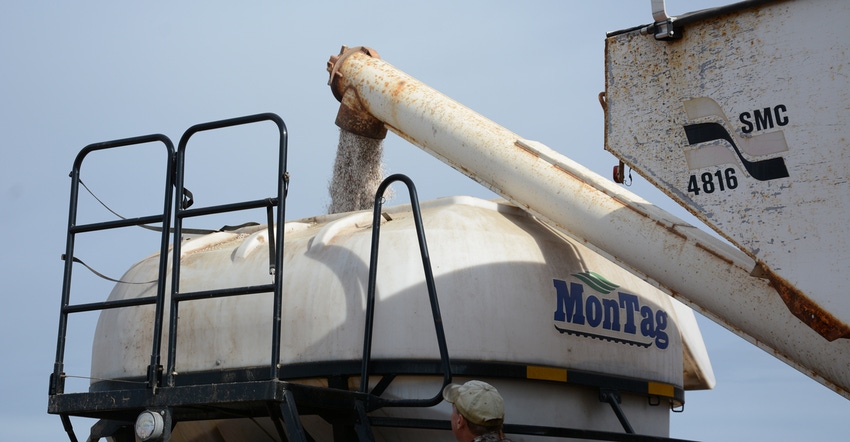
The Minnesota Department of Agriculture has issued updated maps of the state’s Groundwater Protection Rule.
The rule restricts fall application of nitrogen fertilizer in parts of the state that are vulnerable to contamination, and it outlines steps to reduce the contamination severity in areas where nitrate is already elevated in public water supply wells.
According to Margaret Wagner, fertilizer non-point section manager for the MDA Pesticide and Fertilizer Management Division, updates include:
Changes to Drinking Water Supply Management Area (DWSMA) mitigation levels map. Two new community water systems were added: Isanti Estates (nonmunicipal) and Chatfield. Plainview and Pine River moved to Level 1. They were previously listed under “needs more info.” Roscoe moved to level 2.
Three systems had their DWSMA boundaries updated by the Minnesota Department of Health: Altura, Pine River, Valley Mobile Home court (nonmunicipal).
The Groundwater Protection Rule requires the DWSMA map to be published annually on Jan. 15 following review of public well nitrate-nitrogen data provided by MDH. New community water supplies may be added in the future based upon MDH data.
Changes to MDA’s fall nitrogen fertilizer application restrictions. Using an updated mapping process, fall nitrogen-use restrictions will take effect across an estimated additional 248,433 cropland acres in September. An estimated total of 603,654 noncropland acres were also added to the map, and 4,659 cropland and 20,506 noncropland acres were identified as incorrectly restricted and were removed from the map. The new acres are scattered across the state and are generally adjacent or close to areas that were previously identified as vulnerable. The cropland acres removed were in southeast Minnesota, an area of the state where fall application is not recommended by University of Minnesota best management practices.
Areas added are clearly marked on the interactive map and can be viewed by going to the “Layer list” and selecting “Restrictions by quarter section or government lot (new in January).” The restriction of fall application on these acres will begin Sept. 1.
The Groundwater Protection Rule requires the fall N application map be published each year on Jan. 15. Vulnerable areas are defined as coarse-textured soils based on USDA Natural Resources Conservation Service soils maps; shallow bedrock based on USDA NRCS soil maps; or karst geology based on the Minnesota Department of Natural Resources map. MDA does not anticipate changes to the USDA soils maps. The DNR karst map may change if updated by the state DNR in the future.
“Farmers are encouraged to check the new map prior to the fall of 2022 to determine if their fields are subject to these restrictions,” Wagner says.
View the DWSMA map.
View the fall N restriction map.
About the Author(s)
You May Also Like






